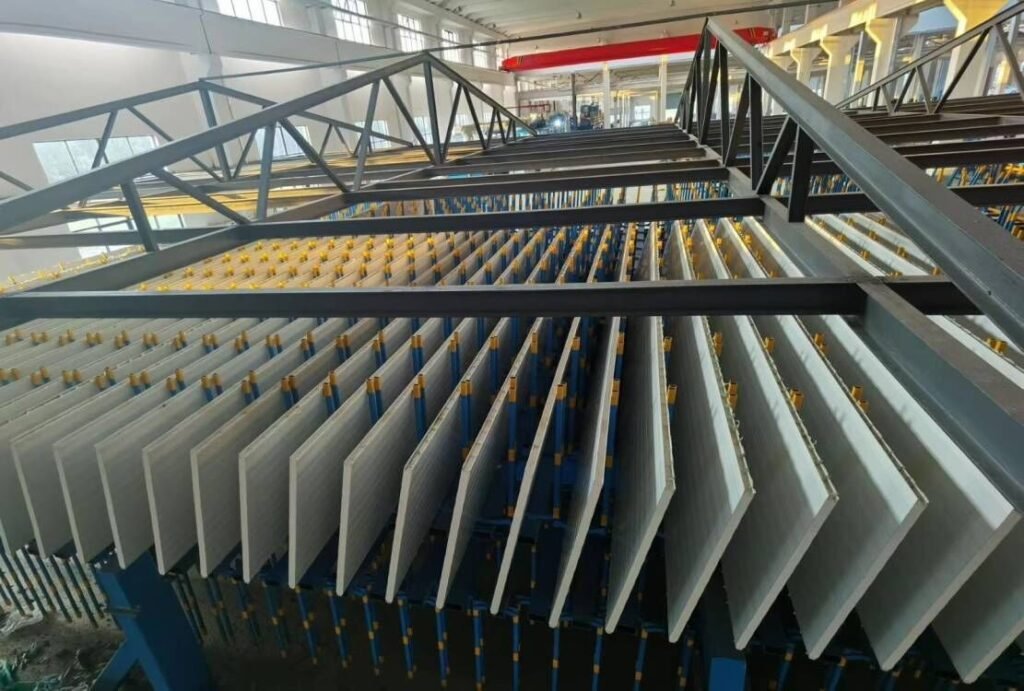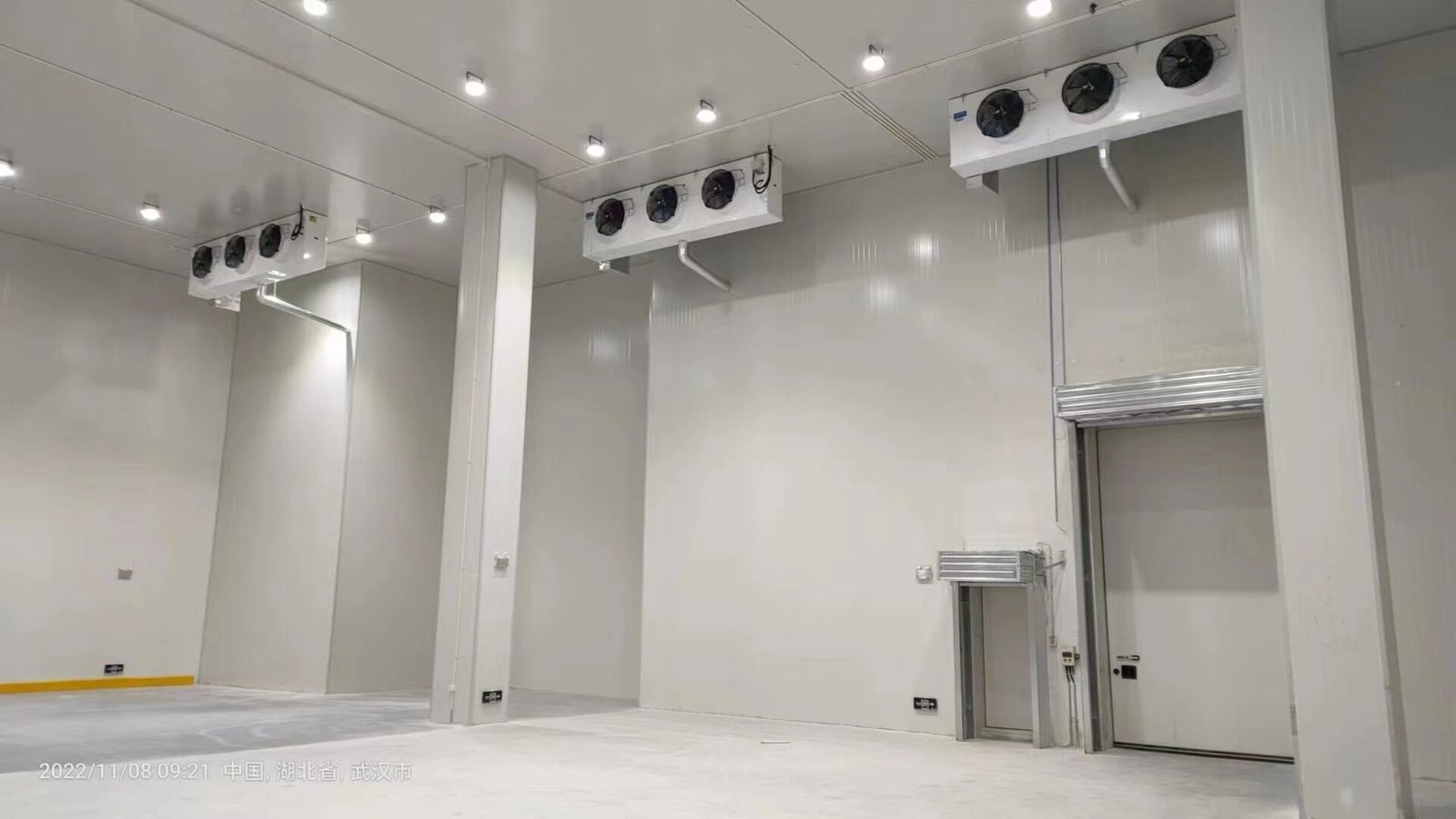If you’re running a cold room with a DCB100 controller, you’re likely familiar with its quirks. Maybe it’s the constant temperature fluctuations, the outdated interface, or the ever-present fear of a complete system failure. The DCB100 was a workhorse in its time, but technology has moved on. Think of it like this: you wouldn’t still be using a flip phone, would you?

The DCB100 Replacement Program offers a streamlined path to upgrade your existing system with a modern, efficient, and reliable controller. The benefits are pretty straightforward:
Improved Temperature Control: Newer controllers offer much tighter temperature control, which is crucial for maintaining product quality and reducing spoilage. Real-time data from companies using upgraded systems shows a reduction in temperature fluctuations by as much as 50% compared to the DCB100.
Energy Efficiency: Modern controllers are designed with energy efficiency in mind. They can optimize compressor cycles, defrost cycles, and fan operation to minimize energy consumption. According to the U.S. Energy Information Administration (EIA), commercial refrigeration accounts for a significant portion of energy consumption in the food service industry. Upgrading your controller is a direct way to cut those costs. Some businesses report energy savings of 15-25% after upgrading.
Remote Monitoring and Control: Imagine being able to check the temperature of your cold room from your smartphone, adjust settings remotely, and receive alerts if there’s a problem. This is the reality with modern controllers. This capability alone can save countless hours of manual monitoring and prevent costly issues.
Data Logging and Reporting: Modern systems offer detailed data logging capabilities, allowing you to track temperature trends, energy consumption, and system performance over time. This data can be invaluable for identifying potential problems, optimizing system performance, and complying with regulatory requirements.
Reduced Downtime: Replacing an aging DCB100 controller proactively can significantly reduce the risk of unexpected breakdowns and downtime. Downtime in a cold room environment can be disastrous, leading to spoilage and lost revenue.
Extended Equipment Life: By optimizing system performance and preventing strain on components, a new controller can actually extend the lifespan of your existing refrigeration equipment.
Is the DCB100 Replacement Program right for you? Consider these questions:
How old is your DCB100 controller?
Are you experiencing frequent temperature fluctuations or system problems?
Are you concerned about energy consumption?
Would remote monitoring and control capabilities be beneficial?
Are you prepared for a potential system failure that could result in significant losses?
If you answered yes to most of these questions, the DCB100 Replacement Program is definitely worth exploring.
Let’s look at some approximate costs associated with not upgrading:
| Scenario | Estimated Cost |
|---|---|
| Spoilage due to temp failure | $5,000 – $50,000+ |
| Emergency repair | $1,000 – $5,000+ |
| Lost productivity | $500 – $2,000+ /day |
| Increased energy bills | $100 – $1,000+ /month |
Legacy Cold Room System Retrofit Kits: Breathing New Life into Old Systems
Okay, so maybe you’re not just looking at the controller. Maybe your entire cold room system is showing its age. That’s where Legacy Cold Room System Retrofit Kits come into play. These kits are designed to upgrade multiple components of your cold room, bringing it up to modern standards.
Think of a retrofit kit as a comprehensive upgrade package. It typically includes:
New Controller: As discussed above, a modern controller is the heart of the upgrade.
High-Efficiency Evaporator Fans: Upgrading to electronically commutated (EC) fans can significantly reduce energy consumption and improve airflow within the cold room.
LED Lighting: Switching to LED lighting not only saves energy but also provides brighter, more uniform illumination. Plus, LEDs generate less heat, which further reduces the load on the refrigeration system.
Door Seals and Insulation: Replacing worn door seals and adding insulation can minimize air leaks and heat gain, improving energy efficiency and temperature stability.
Compressor Upgrades (Optional): In some cases, upgrading the compressor may be necessary to achieve optimal performance and energy efficiency. This is especially true for older compressors that are less efficient than modern models.
Benefits of Using Retrofit Kits:
Comprehensive Upgrade: Retrofit kits provide a complete solution for upgrading your cold room, ensuring that all components work together seamlessly.
Cost-Effective: Retrofitting is often more cost-effective than replacing the entire cold room, especially if the structural components are still in good condition.
Reduced Downtime: Retrofitting can be completed in stages, minimizing disruption to your operations.
Increased Energy Efficiency: A properly designed retrofit can significantly reduce energy consumption, lowering operating costs and reducing your carbon footprint.
Improved Performance: A retrofit can improve temperature control, airflow, and overall system performance, resulting in better product quality and reduced spoilage.
For example, a study by the Carbon Trust found that retrofitting outdated refrigeration systems with modern components can reduce energy consumption by up to 40%. That’s a huge saving!
Choosing the Right Retrofit Kit:
It’s crucial to choose a retrofit kit that is specifically designed for your cold room’s size, application, and existing equipment. Consider the following factors:
Cold Room Size and Volume: The size of your cold room will determine the capacity and number of components needed in the retrofit kit.
Application: The type of products you store in your cold room will influence the temperature requirements and humidity control needs.
Existing Equipment: The compatibility of the retrofit kit with your existing equipment is essential.
Energy Efficiency Goals: Determine your desired energy savings and choose a kit that is designed to meet those goals.
Budget: Retrofit kits vary in price depending on the components included and the level of sophistication. Set a budget and choose a kit that offers the best value for your money.
Important Considerations Before Retrofitting:
Professional Assessment: Have a qualified refrigeration technician assess your existing cold room system to identify areas for improvement and recommend the appropriate retrofit kit.
Installation: Ensure that the retrofit kit is installed by a qualified technician to ensure proper operation and avoid potential problems.
Maintenance: Regular maintenance is essential to keep your retrofitted cold room system operating at peak performance.
Real-World Impact: Case Studies and Data
Let’s move away from generalities and look at some concrete examples.
Seafood Processing Plant: A seafood processing plant in Alaska upgraded its DCB100 controller with a modern system. They saw a 20% reduction in energy consumption and a 50% decrease in product spoilage due to more precise temperature control.
Grocery Store Chain: A grocery store chain implemented a legacy cold room system retrofit program across its stores. They reported an average of 18% energy savings per store and a significant reduction in maintenance costs.
Restaurant Distribution Center: A restaurant distribution center retrofitted its cold room with LED lighting and high-efficiency fans. They experienced a 30% reduction in energy consumption for the cold room’s lighting and fan systems.
These are just a few examples of the positive impact that the DCB100 Replacement Program and Legacy Cold Room System Retrofit Kits can have on businesses.
Q&A: Addressing Common Concerns
Okay, let’s tackle some frequently asked questions:
Q: How long does a DCB100 replacement take?
A: Typically, a DCB100 replacement can be completed in a single day by a qualified technician. The exact time will depend on the complexity of your system and the specific controller being installed.
Q: Will a retrofit disrupt my business operations?
A: Retrofitting can be planned to minimize disruption. Many upgrades can be done in stages, and technicians can work outside of business hours.
Q: What’s the lifespan of a new cold room controller?
A: A high-quality modern controller, when properly maintained, should last for 10-15 years or more.
Q: Can I install a retrofit kit myself?
A: While some aspects of a retrofit (like changing light bulbs) might be DIY-friendly, it’s highly recommended to have a qualified technician handle the controller and refrigeration system components. Improper installation can lead to performance issues, safety hazards, and void warranties.
Q: Are there any government incentives or rebates for cold room upgrades?
A: Absolutely! Many governments and utility companies offer incentives for energy-efficient upgrades. Check with your local utility provider and government agencies to see what programs are available in your area. Programs like the Energy Star program often have resources and information on available incentives.
Upgrading your cold room system is an investment in the future of your business. By embracing the DCB100 Replacement Program and Legacy Cold Room System Retrofit Kits, you can improve energy efficiency, reduce operating costs, and ensure the long-term reliability of your critical refrigeration infrastructure. Think of it not just as a fix, but as an evolution.



